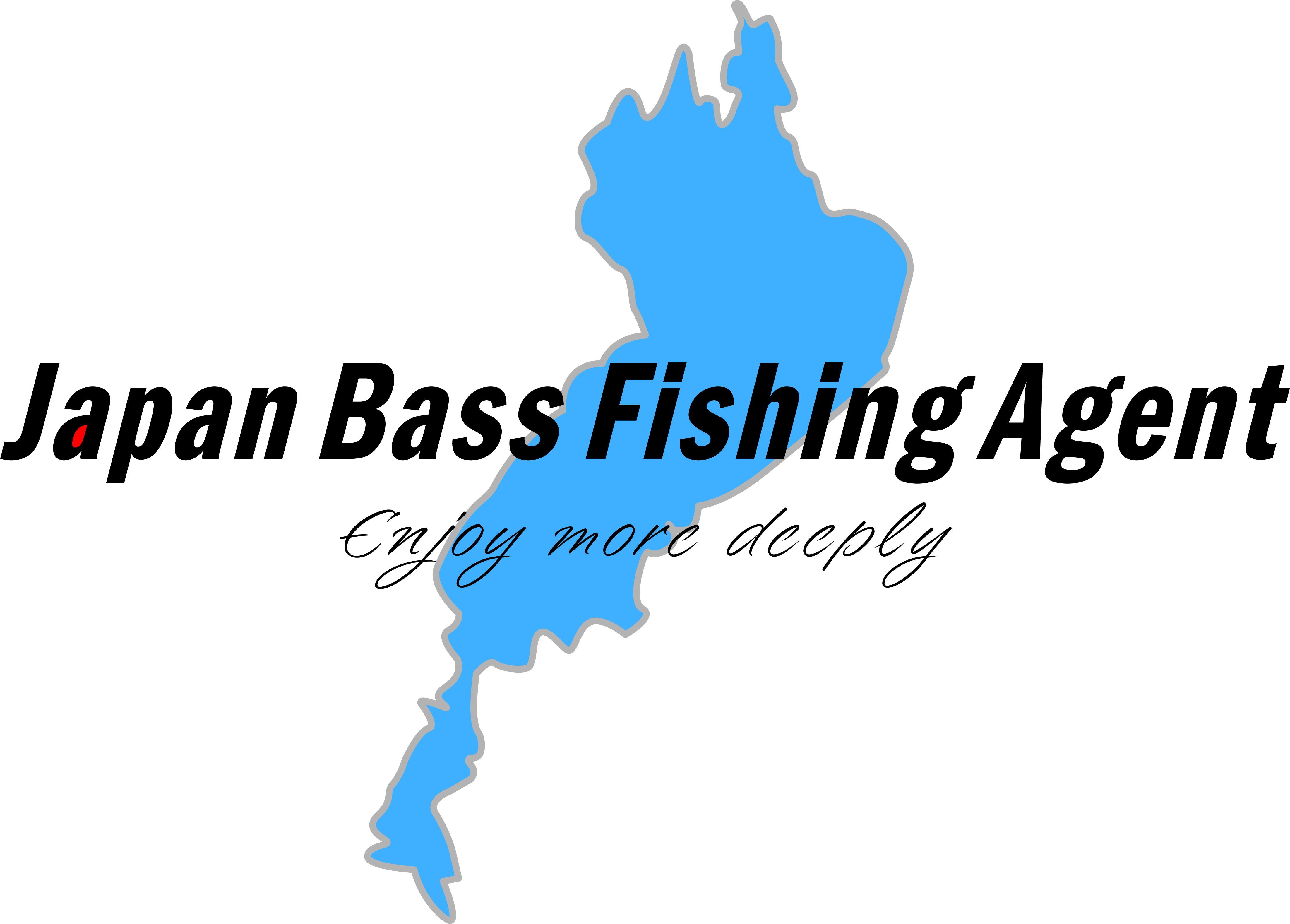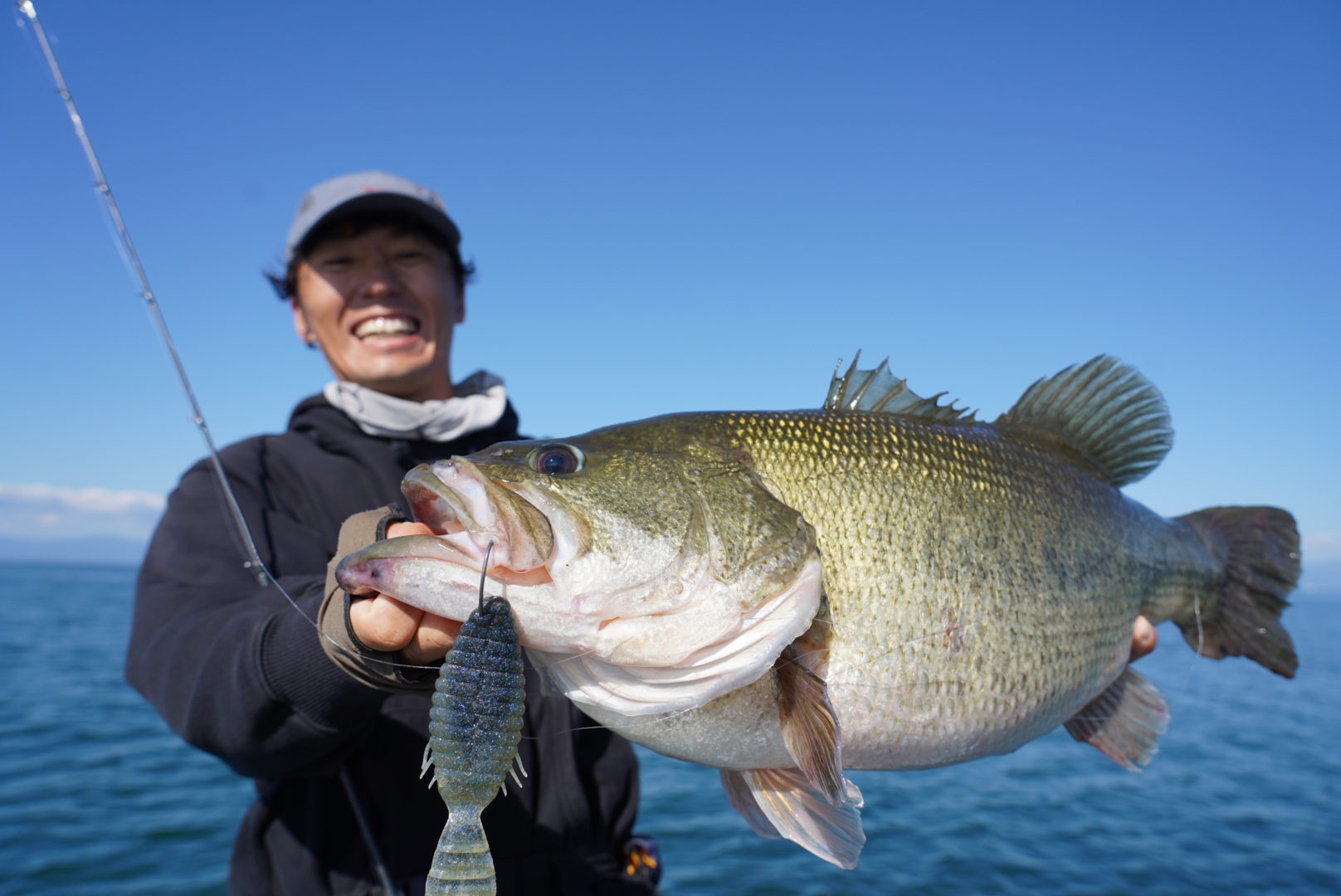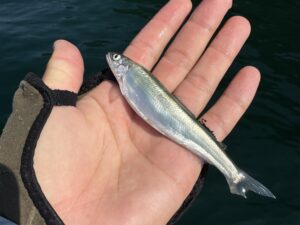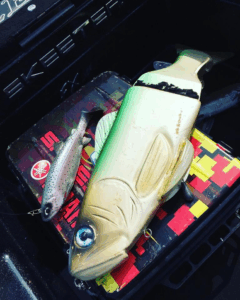In Japan, largemouth bass are not native to Japan; they were introduced and established through imports from the United States under the direction of the Emperor of Japan at the time.
The 1925 Lake Ashi Release: How Largemouth Bass Were First Introduced to Japan
The history of bass in Japan began in 1925, when largemouth bass were first introduced into Lake Ashi in Hakone, Kanagawa Prefecture.
While the main purpose was to create new opportunities for sport fishing and diversify freshwater resources, another important goal was to develop a potential food source.
This introduction was carried out under government authorization by Tetsuma Akahoshi, a fishing enthusiast and businessman.
Along with largemouth bass, bluegill sunfish were also released, further adding to the variety of species available.
With the support of local authorities and anglers, this project marked the starting point of Japan’s modern bass fishing culture.
This year, 2025, marks the 100th anniversary of the introduction of largemouth bass from the United States to Japan.
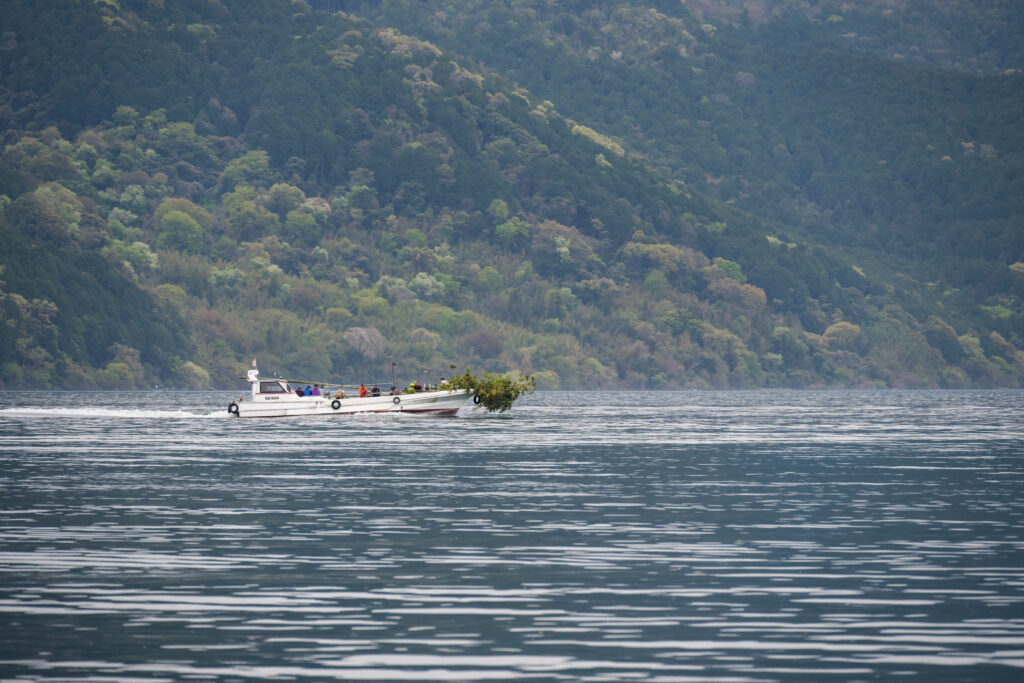
How did largemouth bass expand their habitat in Japan?
After bass were introduced to Lake Ashi, similar stocking efforts were undertaken in several lakes across Japan.
Lake Ikehara, where we provide guide services, is one such lake. Moreover, it was not Northern largemouth bass but Florida bass that were stocked in Lake Ikehara.
Consequently, Lake Ikehara quickly gained popularity as a big bass lake.
Large-mouth bass now inhabit lakes and rivers throughout Japan.
Unfortunately, however, the fact remains that outside of a few officially stocked areas, bass populations have proliferated due to illegal stocking by anglers.
Although we have never been involved in that issue ourselves, we must remember that such facts existed.
Often, largemouth bass and environmental issues are contrasted and debated, but this debate is never-ending.
This is because environmental problems arise from the interplay of various factors and are not necessarily caused by a single issue alone.
For example, while it is said that the proliferation of largemouth bass destroyed existing ecosystems, Japan was simultaneously experiencing rapid economic growth during the same period, and the environments of lakes and rivers were significantly altered by human hands.
In other words, that’s how it is.
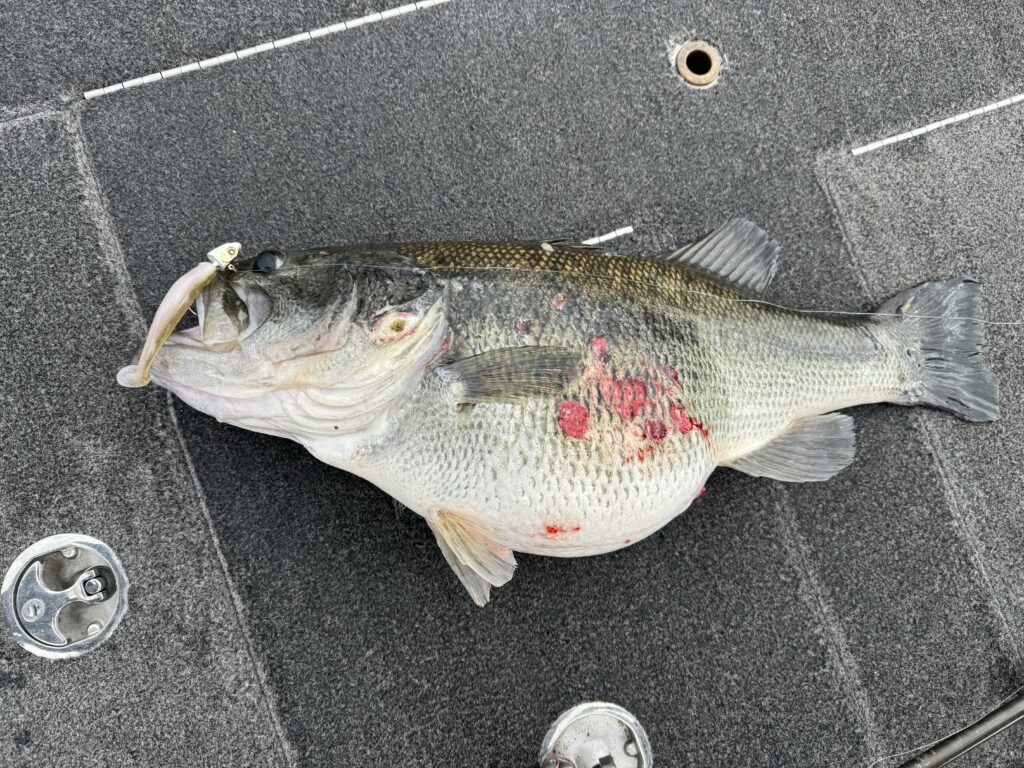
Legacy of the Introduction to Japan
The 1925 Lake Ashi stocking not only marked the beginning of Japan’s bass fishing history but also reshaped the country’s recreational fishing landscape. From this single event, black bass spread into other iconic lakes such as Lake Biwa, Lake Kawaguchi, and Lake Ikehara, where they quickly adapted to local environments and became established populations.
Over time, bass fishing evolved from a niche experiment into a nationwide phenomenon. The strength and fighting spirit of largemouth bass attracted anglers who had previously targeted carp or ayu, creating a new form of sport fishing. By the 1970s and 1980s, Japan had entered its bass fishing boom era, with tournaments, fishing magazines, and dedicated TV programs bringing the sport into the mainstream.
The introduction also spurred the growth of Japan’s globally renowned tackle industry. Companies such as Megabass, OSP, Jackall, Deps, Gary Yamamoto and Evergreen emerged to meet the rising demand, introducing cutting-edge lures and finesse techniques that would later influence bass fishing worldwide.
There are still many outstanding Japanese lure brands that remain relatively unknown worldwide.
Today, Japan is celebrated not only for its trophy bass in Lake Biwa, including the world-record catch in 2009, but also for its role as a leader in lure innovation and bass fishing culture. What began in Lake Ashi has grown into an enduring cultural legacy that continues to inspire anglers both in Japan and around the globe.
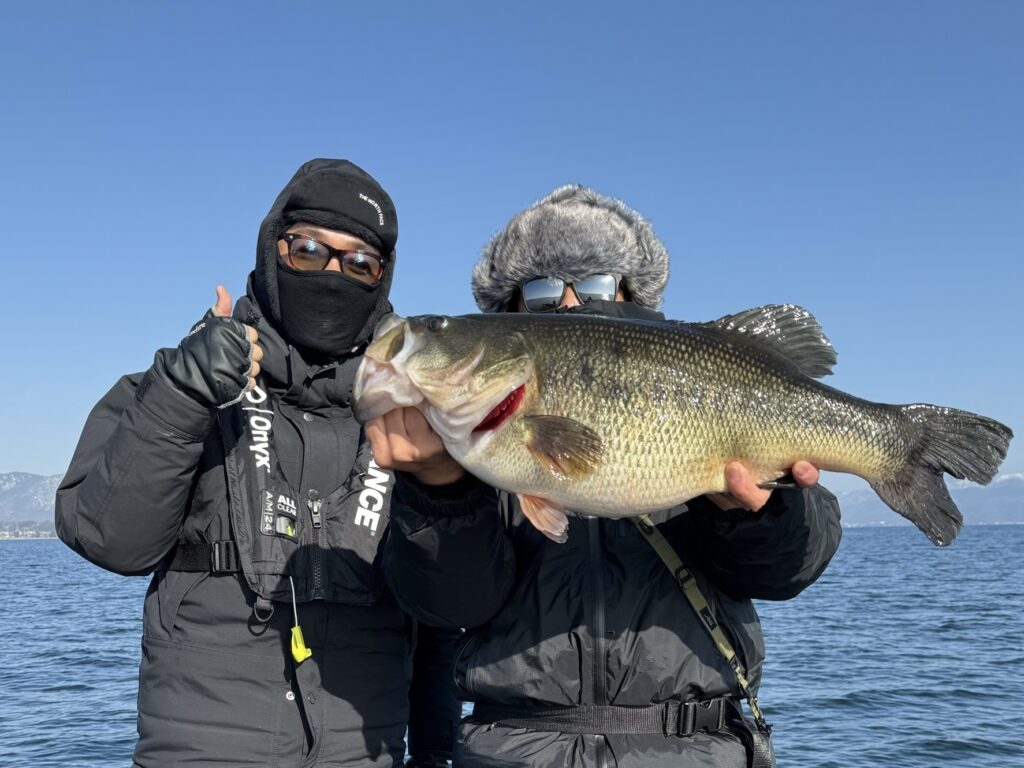
Experience Japan’s Bass Fishing with Local Guides
For those interested in experiencing Japan’s bass fishing with such a rich history, we highly recommend utilizing local guide services in various regions. Professional guides not only provide boats, tackle, and knowledge of the best spots, but they also ensure that visitors can fish responsibly while learning about the cultural and environmental context of bass fishing in Japan.
Recommend Articles
Top 3 Bass Fishing Lakes in Japan – Guided Trips Available for Lake Biwa, Lake Ikehara, and Lake Kawaguchi
Attraction of Bass Fishing in Lake Biwa North
About Summer bass fishing in Lake Biwa / tactics and baits
